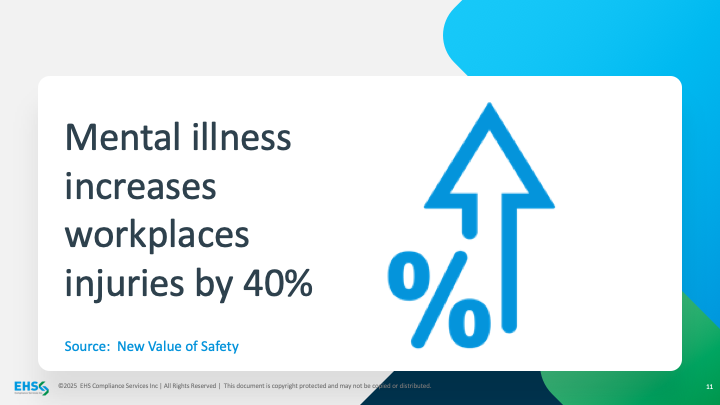One of the greatest challenges confronting a significant percentage of the adult population, not only here in the U.S., but around the globe, is burnout and the ensuing mental disorders that often accompany it. More and more employees and even C-suite executives are reporting mental health concerns tied squarely to vocational stress.
Our mental health experts share that workers have been showing going to therapy rooms looking for ways to address workplace stress and the crippling effects of anxiety and depression. Some come by way of their company’s Employee Assistance Program (EAP) and others through the directives of their insurance plans.
Their concerns are often universal in nature. Stress and burnout associated with overwhelming workloads, inflexible work schedules, very little work-life harmony, challenges with workplace culture, feeling unsupported and devalued, and ongoing conflict with managers and leaders. These factors, commonly dubbed “psychosocial factors or hazards,” are only a handful of those that can affect workplace culture and employee’s mental wellbeing.
While therapy can help employees tackle the stress and burnout challenges, help them advocate for themselves, enforce boundaries, leverage strategies to build resilience, amplify self-care, and if necessary, explore work alternatives – these changes do not affect workplace culture or supervisor behavior.
The reality is, however, treating components of the system, in this instance, individual employees, rather than the system in its entirety, the work environment, can only yield so much. These individuals are having to return to the same, unchanged work environment, post-therapy which continues to exacerbate or contribute to psychological and in many cases physical harm. In fact, a recent NSC survey of 1,500 working adults found the average rate of injury increased from 12% for workers with no clinically significant symptoms of depression to 53% amongst those with severe depression; a similar relationship was found with anxiety symptoms.
Although mental health supportive services are rolled up and packaged with other EAP benefits, organizations have traditionally remained “hands-off” with openly addressing the mental health of their employees. The tides are turning. In recent times, we have encountered both generational and cultural shifts and they are putting a demand on organizational leaders to get more engaged and radically shift the way work is done.
Recently our team was engaged by a large electrical utility to provide training for a group of organizational leaders on the importance of and framework to incorporate psychosocial factors into their EHS program. We heard rave reviews from attendees!
Are you looking for support with designing or re-designing your work environment to amplify employee mental health and wellbeing and decrease the negative impact of psychosocial risks? Contact us today or join our webinar this month Debunking Mental Health Myths!
The original version of this article was posted on The Therapy Room & Beyond written by Georgia Bryce- Hutchinson.

